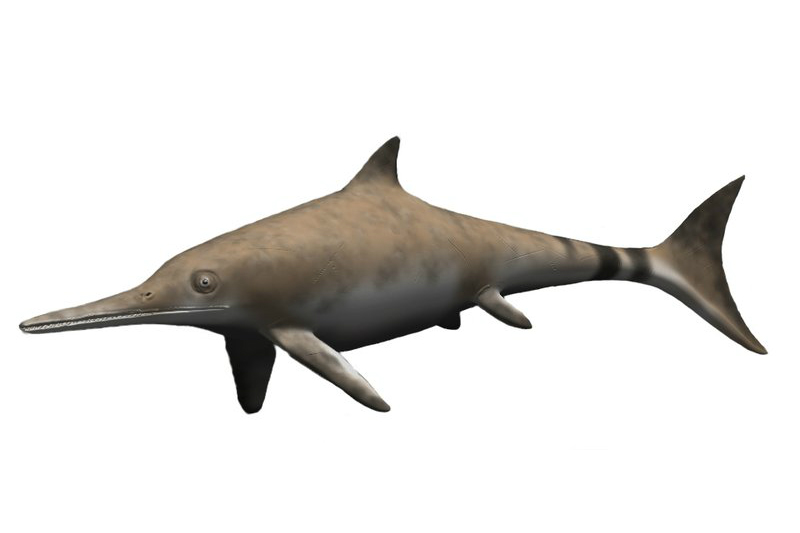Dinosaurs dominated our planet during the Mesozoic, 251 to 65 million years ago (mya), a time that we split into the Triassic, Jurassic, and Cretaceous periods. Great Changes took place in the Mesozoic. Many new plant and animal groups appeared, but there were also mass extinctions. They are separated into two groups according to the structure of the pelvis: ornithischian (bird-hipped) dinosaurs had a pubis that slanted backward; had a forward slanting pubis. Examples of dinosaurs from sub-groups within these two main groups are shown below.
1. Sauropoda
The giant plant-eating sauropods are famous for their incredibly long necks. Experts have argued for decades about how these dinosaurs held up their necks, and what they used them for. We now know that sauropod necks were remarkably light for their size, and were probably held in raised postures.
Advantages of the long neck
It allows you to reach higher up into the trees than other herbivores, and so avoid competition for food.
You can reach a large area without moving muck, so you can save energy.
The size of your neck can show how strong and healthy you are, and make you more attractive to mates.
You can use your neck like a weapon for fighting enemies or competitors.
Along windpipe can make super-loud noises that travel vast distances.
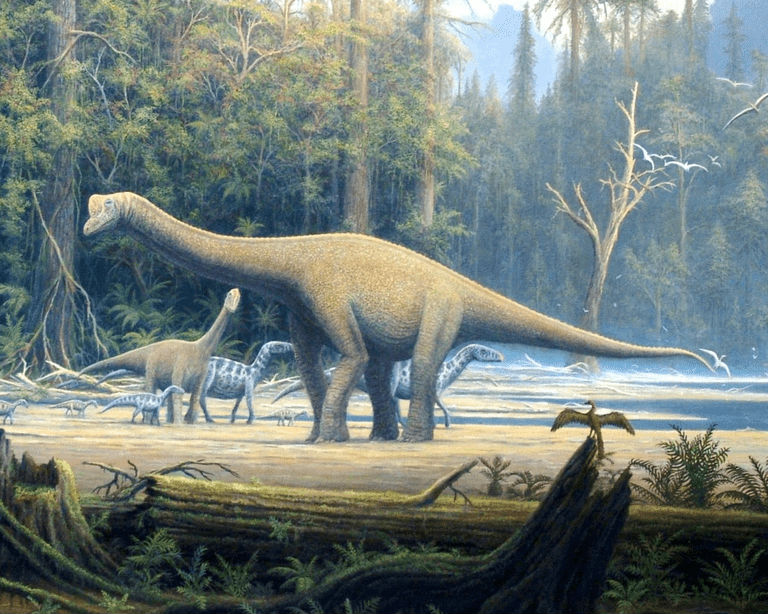
2. Tyrannosaurus
Giant megalosauroids and allosauroids were some of the most successful predators of the Jurassic and Cretaceous periods. Some were even larger than T rex! They ambushed prey with killer bites. One group of megalosauroids, the spinosaurids, were long-snouted fish-eaters.
Most big theropods had a deep, narrow snout, with air-filled sacs along each side.
Theropods had an excellent sense of smell.
All theropods had V-shaped wishbone, perhaps to provide strength to the chest.
The arms were stout with large muscles.
Most theropods had three large, clawed fingers. Some had a fourth, clawless finger.
Most theropods had four toes. The first tow was small, however, and didn’t reach the ground.
The tail was strong, muscular, and used for balance.
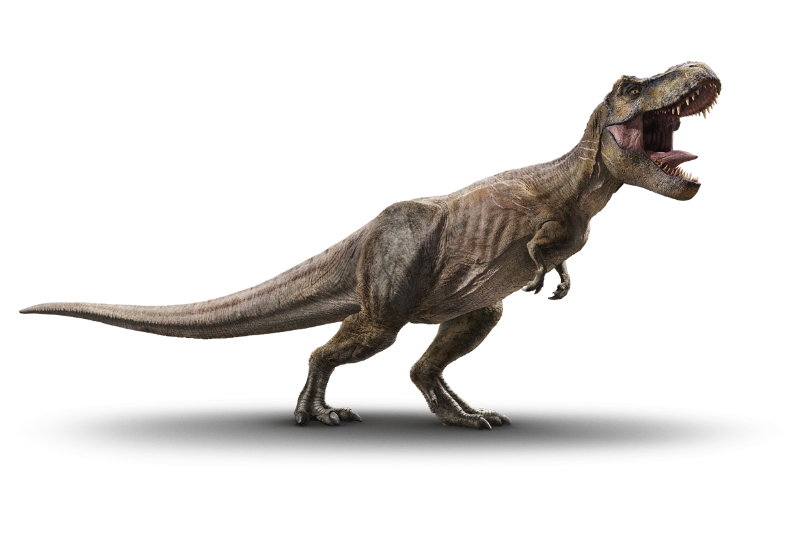
3. Stegosaurus
During the Jurassic and Cretaceous, a group of dinosaurs called thyreophorans evolved. Virtually all thyreophorans were four-legged plant-eaters that ate low-growing plants. What made thyreophorans unusual was that they possessed rows of armored plates (scutes) that ran along their necks, back, and tails.
Facts about stegosaurus
- Stegosaurus’s small, narrow skull could only house a small brain.
- Its plates were probably brightly colored and used for display, to intimidate rivals, and to attract mates.
- Its plates were too fragile to be armor and lacked enough blood vessels to be able to control body temperature.
- Its throat was covered with button-like scutes called ossicles.
- Huge shoulder muscles allowed Stegosaurus to quickly turn when whipping its tail.
- Stegosaurus had two pairs of long tail spikes for self-defense.
- All thyreophorans, including this huayangosaurus, had beak-like mouths.
- Unlike most reptiles, thyreophorans had cheeks.
- Stegosaur skulls were long and narrow. The animals were picky feeders, choosing the best leaves and fruit.
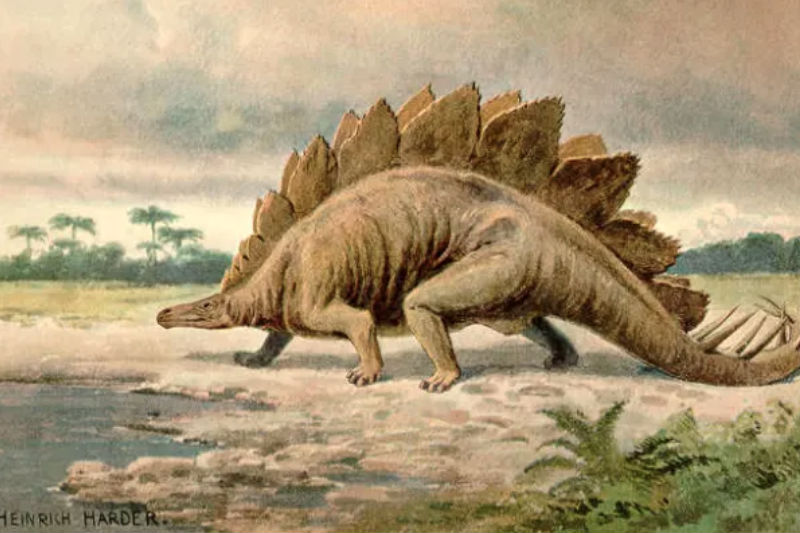
4. Maniraptorans
Birds evolved during the Jurassic from small, feathered dinosaurs called maniraptorans. Many maniraptorans were so birdlike that it would have been hard to tell these animals apart when they were alive. They had downy feathers for warmth and showy plumage for display.
Maniraptorans had relatively large brains for dinosaurs. They used the brain For processing sensory information, not for thinking!
The eyes were large, and maniraptorans had excellent eyesight.
Maniraptorans had three-fingered hands. The thumb was the shortest finger.
Oviraptors and birds evolved shortened tails.
Of the four toes, the first was short and did not reach the ground.
In bird, the first toe was longer- useful for perching and grabbing prey.
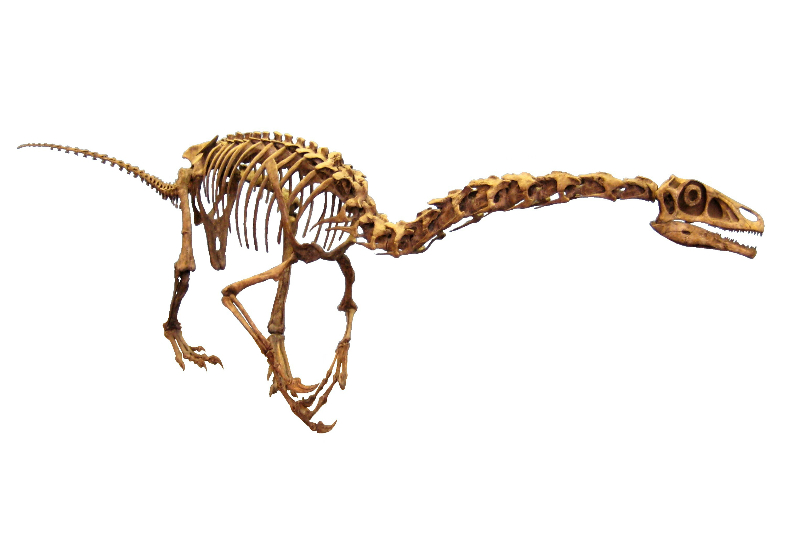
5. Pterosaurs
Pterosaurs were not dinosaurs, but close relatives. They ruled the air while dinosaurs dominated life on land. Recent discoveries have dominated life on land. Recent discoveries have shed new light on these remarkable reptiles – including how they flew and what foods they ate.

6. Ichthyosaurus
Ichthyosaurs were marine reptiles with streamlined bodies, paddle-like limbs, pointed snouts, and a tail fin. Some looked like swordfish, some were deep-diving squid-eaters with huge eyes, and some were giant, sharp-toothed predators. Despite their success, they died out before the end of the Cretaceous, perhaps because of competition from new sharks.
